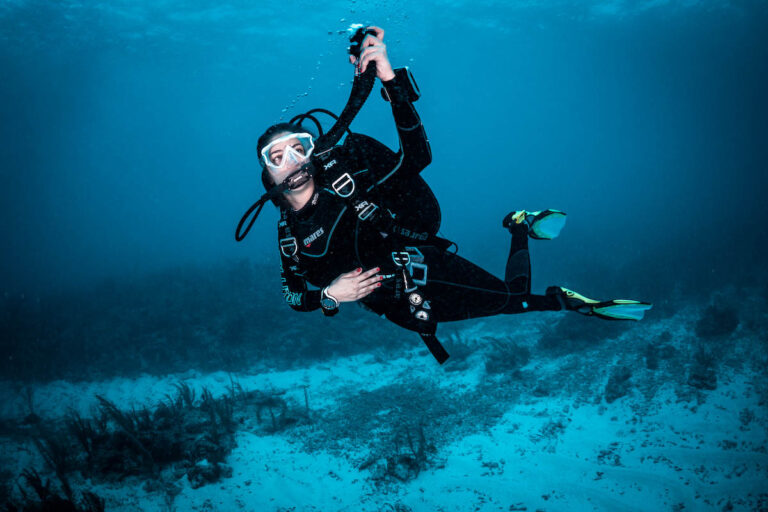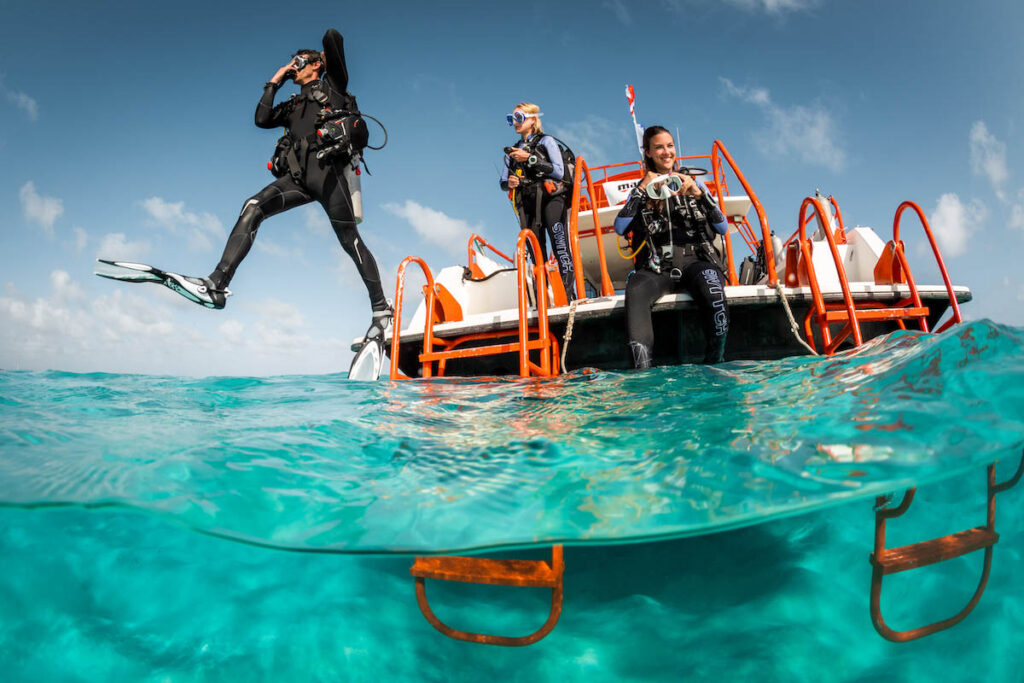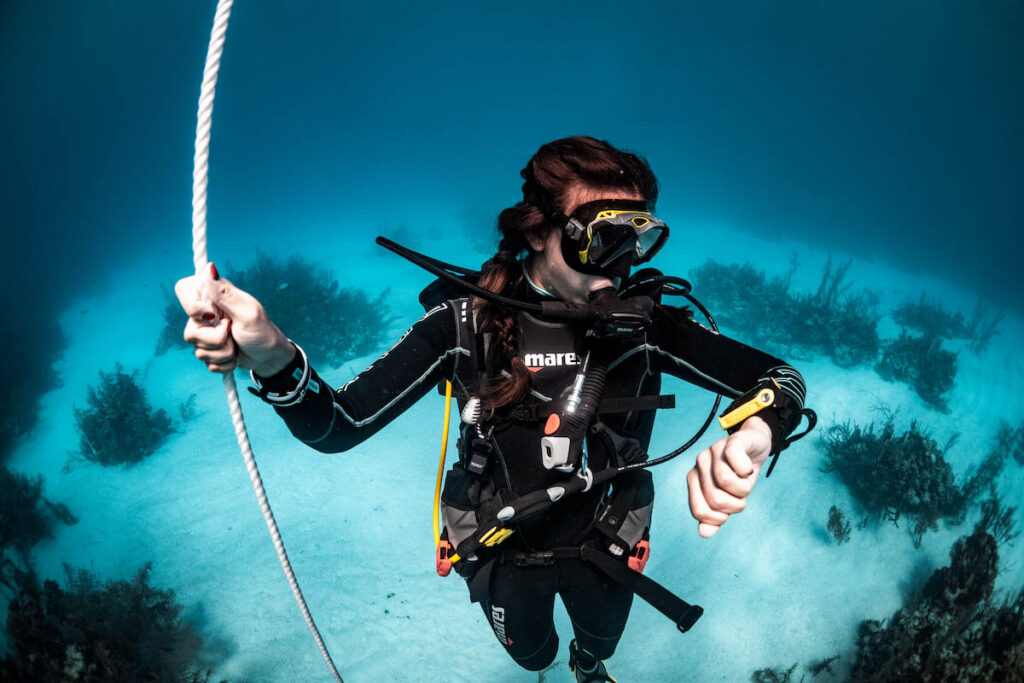Whether you’ve been out of the water for a few months or a few years, returning to diving after a break can stir up mixed emotions. Some divers can’t wait to jump back in, while others find themselves facing hesitation, rusty skills, or feeling nervous. The good news? It’s completely normal—and with the right approach, you can ease back in smoothly and rediscover the joy of being underwater.
This guide is for all divers, regardless of certification level, who want to return to diving with renewed confidence. We’ll cover practical tips for regaining your skills, how to manage nerves, where to go for a gentle re-entry, and which courses can help you refresh and rebuild your dive skills.
1. Acknowledge the Nerves—They’re Normal
First, let go of the pressure to feel “ready” or dive right back into the deep end. Many divers experience anxiety after a break, even those with hundreds of logged dives. Concerns about buoyancy control, air consumption, or equipment handling are common.
Start by acknowledging how you feel without judgment. Confidence isn’t about never feeling nervous—it’s about being prepared and gradually building trust in yourself again.
2. Review Your Diving History
Before you dive again, take some time to revisit your diving history. Looking through your logbook can bring back positive memories, remind you of your skill set, and help you identify what you might want to refresh.
Make sure your certifications are up to date and easily accessible. If your last logged dive was over a year ago, it’s a good idea to do a refresher course before you start diving again.
3. Check and Service Your Gear
If you have your own equipment, get it professionally serviced before using it again—especially your regulator, BCD, and dive computer. Even if your gear looks fine, parts like O-rings and inflators can degrade over time.
Trying out your gear in a pool or confined water session is a smart move. It allows you to get comfortable again in a low-pressure environment and address any adjustments needed before heading into the ocean.
4. Book a Refresher Course with a Pro
One of the best things you can do to regain confidence is to take a refresher course with a qualified dive professional. A scuba diving refresher course is designed exactly for this purpose. It provides a supervised environment where you can practice essential skills, review dive theory, and get comfortable with your equipment—all at your own pace.
If you feel like your theory knowledge is rusty or your last dive was several years ago, a full Open Water Diver review might be more appropriate. A dive professional will assess where you’re at and recommend the right level of support.
5. Practice Core Skills in Shallow Water
Before jumping into deep or drift dives, spend time in shallow water practicing your skills:
- Buoyancy control (try hovering for a minute)
- Regulator recovery
- Mask clearing
- Air checks and buddy signals
- Controlled ascents and descents
Shallow dives let you focus on comfort and control without the added stress of depth or complex navigation. Remember, even the pros revisit these skills.
6. Choose Your Dive Buddies Wisely
When returning after a hiatus, the people you dive with matter. Pick a patient buddy or join a guided dive group that understands your situation. Avoid peer pressure to go beyond your comfort level or tackle advanced sites right away.
Communicate openly with your dive guide before the dive. Let them know it’s your first time back in the water and you’d like to take it easy. Most professionals will happily adjust the pace or plan to suit your needs.
7. Log Each Dive and Track Your Progress
Logging your dives isn’t just a record—it’s a great confidence-building tool. Write down what went well, what you’d like to improve, and how you felt. You’ll quickly start to see patterns of growth and comfort returning.
8. Keep Diving Regularly (Even Just a Little)
The longer the gap between dives, the harder it is to stay confident. Even if you can’t dive every week, try to dive every few months when possible. That way, your skills stay fresh, and your confidence remains.
If you’re landlocked, find a local dive center that offers pool sessions or plan short trips that allow you to get in the water without too much effort or cost.
9. Build Confidence with More Training
Once you’ve eased back in, some further training can help you grow your skills and rediscover your passion for diving. What are your diving interests? Think about the kind of dive sites you want to visit and consider some of these popular dive courses to help you reach your goals:
- Perfect Buoyancy – This is one of the best dive specialties and makes a big difference to your buoyancy control.
- Waves, Tides & Currents – If you want to build confidence in currents and waves at advanced dive sites, opt for this specialty.
- Enriched Air Nitrox – This is a classic specialty to extend your bottom time and improve your safety on multi-day dives. Many divers find they also get less tired when diving with Nitrox.
- Dry Suit Diving – This is a top specialty to join, whether you want to dive in a dry suit or not. It really helps develop your understanding of buoyancy control, trim, and equipment awareness – which benefits all types of diving.
Only got time for one course? Go for an Advanced Open Water Diver course. You get to try a variety of dive specialties without committing to a full program.
10. Ease Back In With the Right Dive Destinations
The right destination can make all the difference when rebuilding your confidence. Look for warm waters, easy entries, minimal currents, good visibility, and preferably somewhere with plenty of sunshine for relaxed surface intervals. Here are some of the top places around the world to ease back into diving:
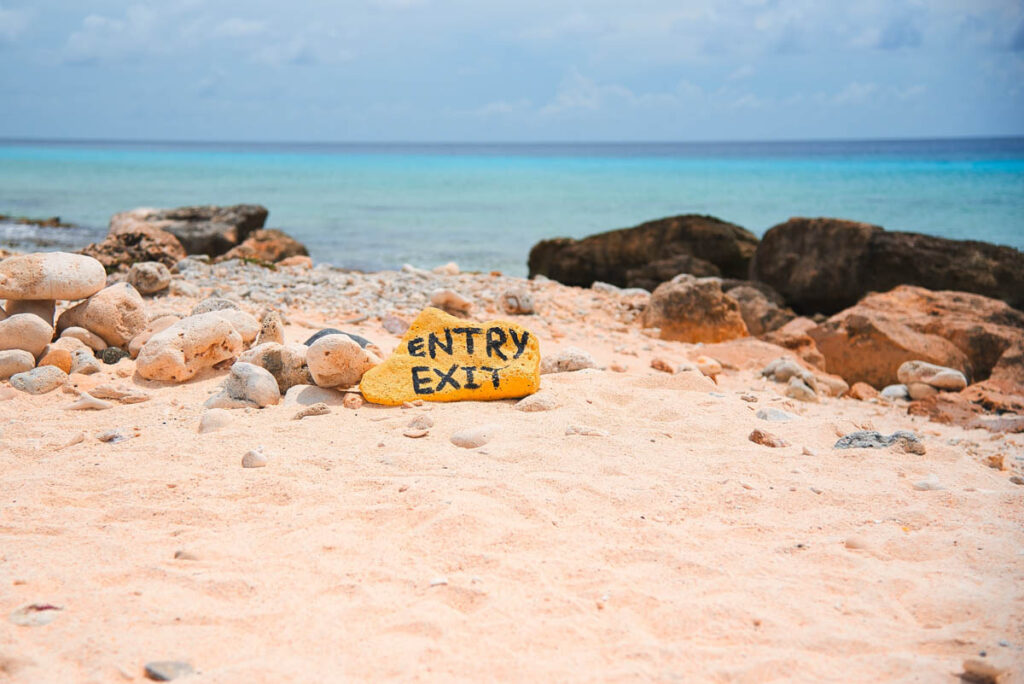
Bonaire, Caribbean
Known as the shore diving capital of the world, Bonaire is perfect for slow-paced dives in calm, clear waters. Vibrant reefs start just offshore, and many dive sites are accessible just a few steps from shore.
- Water temp: 26–29°C (79–84°F)
- Highlights: Shore diving, reef fish, easy logistics
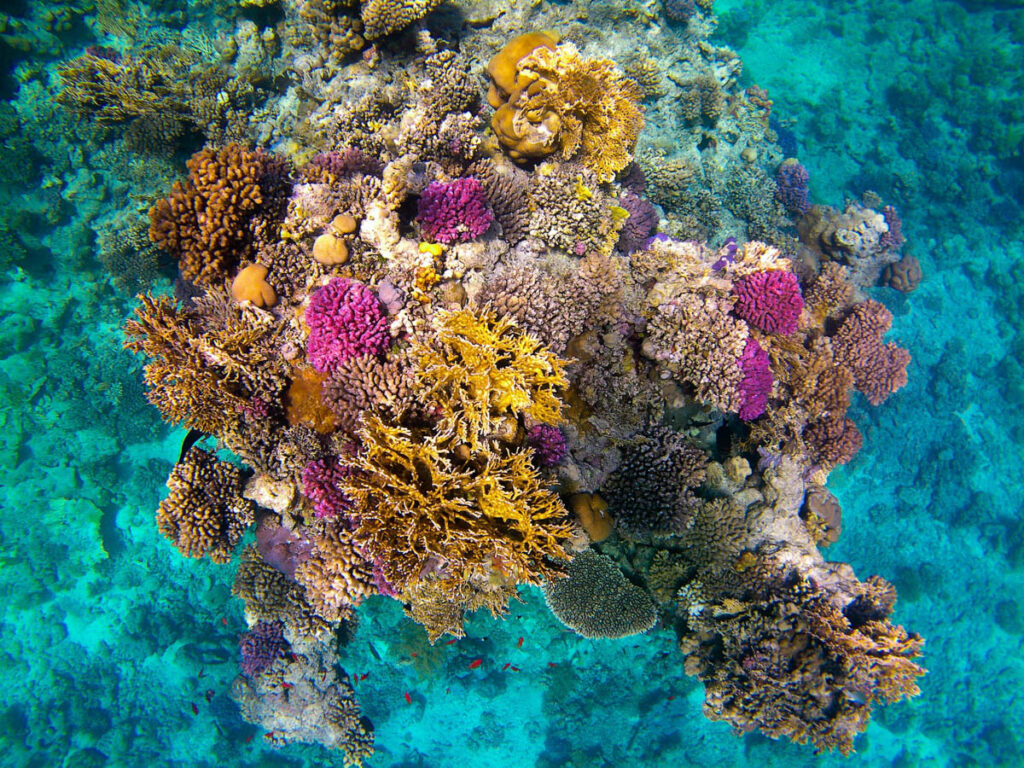
Photo by Veronica Reverse on Unsplash
Sharm El Sheikh, Egypt
Sharm El Sheikh is one of the Red Sea’s most iconic dive destinations. Yes, it can get busy, but it offers a variety of dive types in one destination. There are easy house reef dives just off the beaches, calm conditions, and the chance to try day-boat and liveaboard diving when you’re ready. It’s ideal for divers returning after a break.
- Water temp: 22–28°C (72–82°F)
- Highlights: Colorful reefs, easy dives, strong dive infrastructure
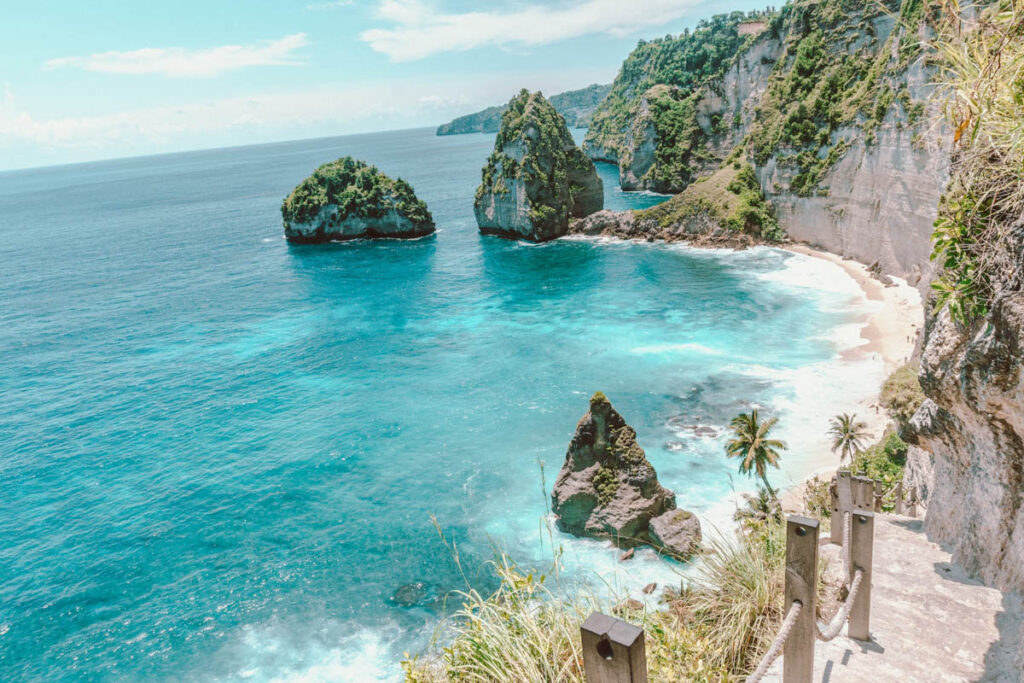
Photo by Johnny Africa on Unsplash
Amed, Bali, Indonesia
Amed offers calm bay dives and black-sand slopes teeming with critters. It’s an excellent spot for muck diving or visiting shallow wrecks like the USAT Liberty in nearby Tulamben.
- Water temp: 27–30°C (81–86°F)
- Highlights: Shore diving, wrecks, macro life

Surin Islands, Thailand
For a quieter and more nature-focused experience than busy Thai dive hotspots, the Surin Islands offer warm waters, gentle currents, and pristine reefs. Located in a protected marine park, this remote archipelago features easy boat dives with great visibility and vibrant marine life, including clownfish, parrotfish, and turtles.
- Water temp: 27–30°C (81–86°F)
- Highlights: Peaceful reef diving, gentle drift dives, abundant fish life
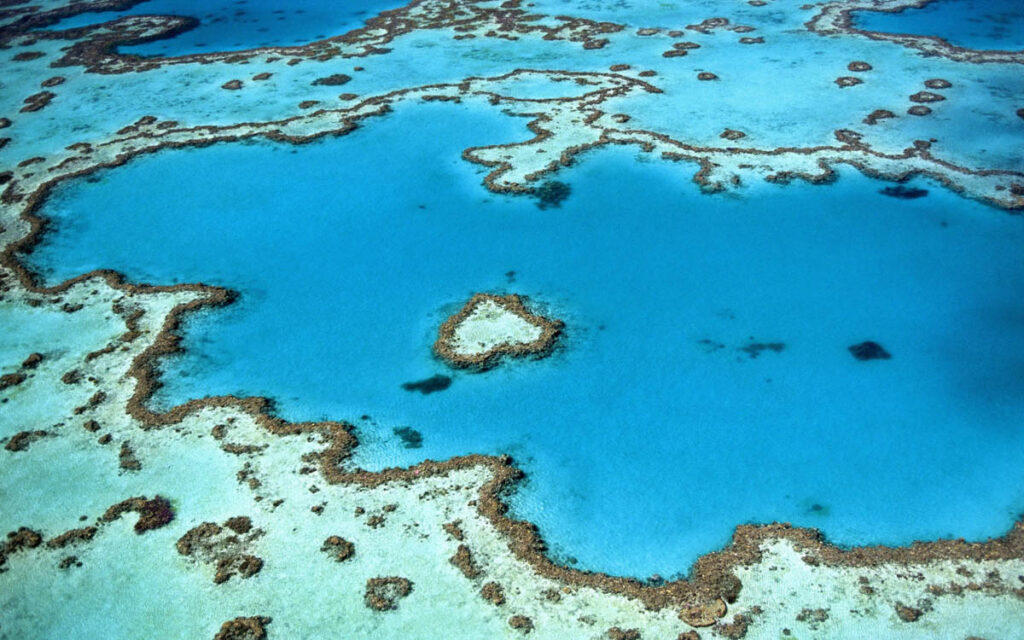
Photo by Yanguang Lan on Unsplash
Great Barrier Reef, Australia
Many Great Barrier Reef liveaboard operators cater to all experience levels, and the outer reefs near offer warm, clear water and excellent visibility. Opt for introductory or easy reef dives if you’re just getting back into it.
- Water temp: 24–29°C (75–84°F)
- Highlights: Coral walls, tropical fish, turtles
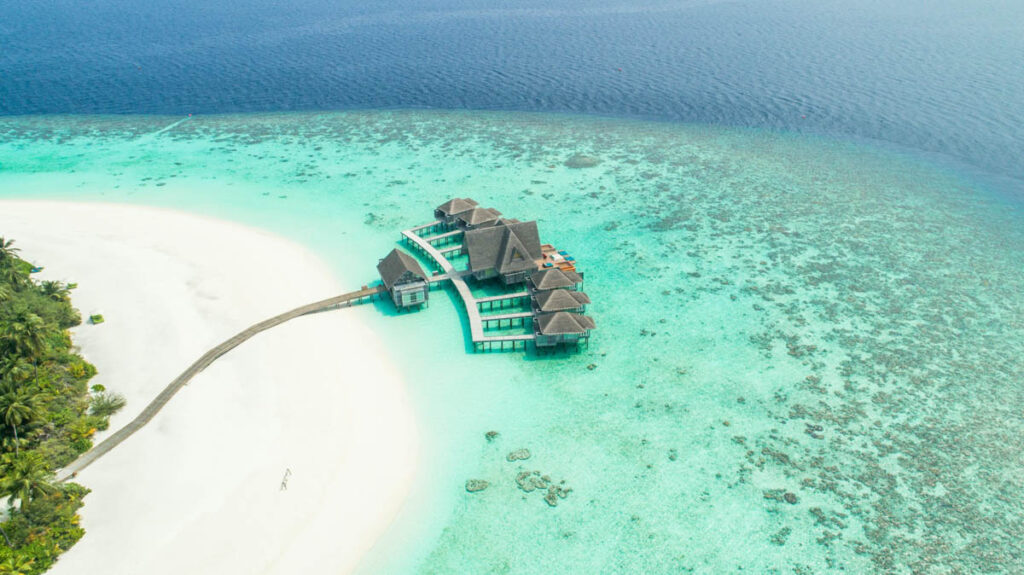
Photo by Ishan @seefromthesky on Unsplash
The Maldives
While the Maldives is known for its thrilling drift dives, some atolls offer calm lagoon dives that are perfect for returning divers. Baa Atoll and Ari Atoll feature sheltered dive sites with excellent visibility and vibrant coral gardens. These areas are ideal for slow-paced reef dives where you can enjoy marine life like turtles, reef sharks, and manta rays without feeling rushed or overwhelmed.
- Water temp: 27–30°C (81–86°F)
- Highlights: Calm lagoons, coral gardens, turtles and mantas



